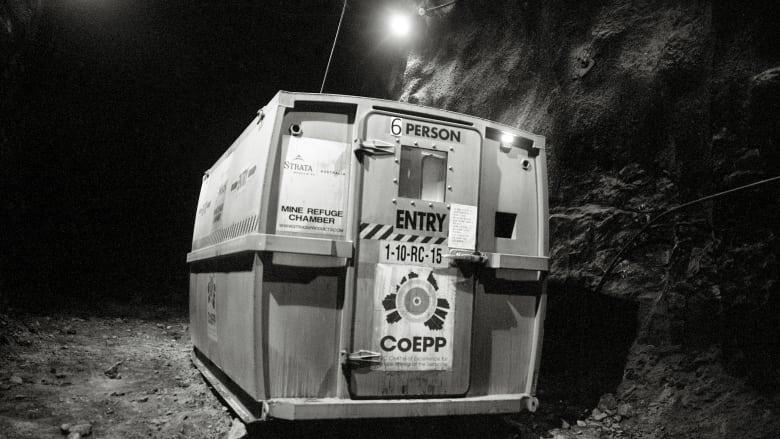Scientists explore mine over matter

Uni of Adelaide physicists are going a kilometre underground to look for elusive dark-matter particles.
The site is an old gold mine near Stawell, a small town about halfway between Melbourne and the South Australian border.
“The location 1025 metres below earth’s surface provides shielding from astrophysical particles that would otherwise provide an overwhelming background signal,” explains chief investigator Tony Williams, from the Centre of Excellence for Particle Physics at the Terascale (CoEPP).
“Such interference would cause great difficulties in detecting possible dark-matter particles.”

The temporary laboratory installed in the Stawell gold mine.
Image courtesy Mark Killmer, Melbourne University.
Main image courtesy Swinburne University.
Professor Williams said that scientists will use a detector made out of the purest sodium iodide-crystals ever grown.
“The crystals we will use are as thick as a wine bottle and are encased in ultra-pure copper,” he said.
“They are then suspended in liquid, which is held in an ultra-pure steel casing.
“If a dark-matter particle hits, the crystal will light up like a spark.”
The underground lab is led by CoEPP, which is a collaborative Australian Research Centre-funded initiative comprising nodes at the University of Adelaide, University of Melbourne (head node), Monash University and the University of Sydney.
Researchers aim to have the lab set up and detecting dark-matter by early 2019.
Further reading
| Stawell Underground Physics Laboratory | About the lab |
|---|---|
| Digging for cosmic gold: the hunt for dark matter at the bottom of a gold mine | Read story |
